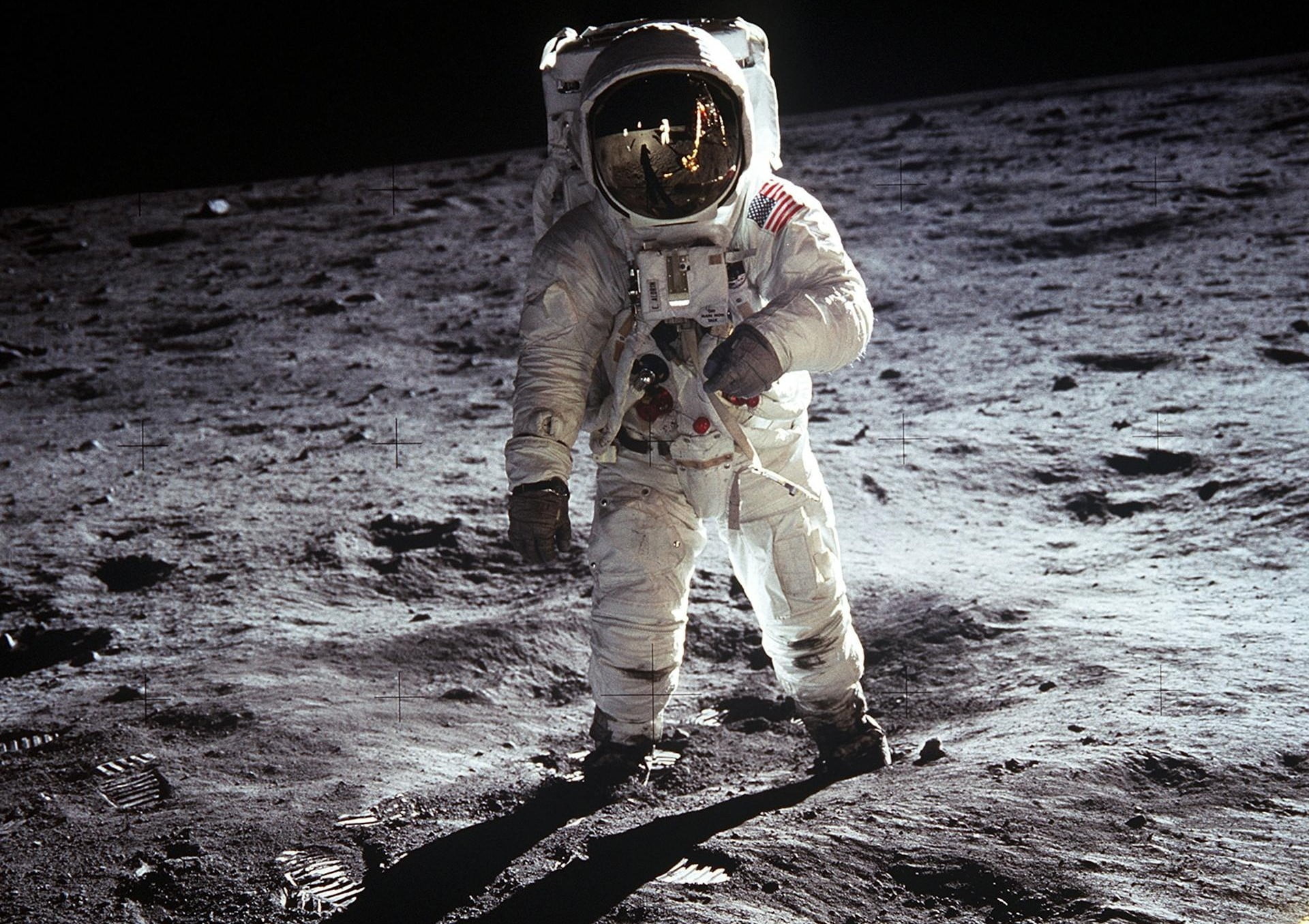In a remarkable milestone, Intuitive Machines’ Odysseus lunar lander, empowered by cutting-edge NASA technology, successfully captured a wide field of view image of Schomberger crater on the Moon, marking a pivotal achievement in modern space exploration. This monumental event, transpiring on Feb. 22, 2024, unfolded approximately 125 miles (200 km) uprange from the intended landing site, at an altitude of roughly 6 miles (10 km).
For the first time in over half a century, NASA’s science instruments and technology demonstrations are actively operating on the Moon, a direct outcome of the triumphant delivery of the agency’s CLPS (Commercial Lunar Payload Services) initiative.
Intuitive Machines’ Nova-C lander, affectionately known as Odysseus, concluded its seven-day journey to lunar orbit by executing precision maneuvers, culminating in a soft touchdown near Malapert A in the South Pole region of the Moon at 5:24 p.m. CST on Feb. 22. With the lander in optimal condition, harnessing solar power and beaming data back to mission control in Houston, this mission signifies the inaugural uncrewed commercial landing on the Moon.
Facilitating this historic achievement were six NASA science research payloads and technology demonstrations, among other client payloads, which seamlessly transitioned through transit checkouts en route to their lunar destination. Notably, a NASA precision landing technology demonstration provided crucial last-minute support, ensuring a gentle and precise landing. This pioneering endeavor aligns seamlessly with NASA’s Artemis campaign, strategically positioned in a region earmarked for future astronaut missions to explore water and other lunar resources later in this decade.
NASA Administrator Bill Nelson commended Intuitive Machines for their extraordinary feat, emphasizing the significance of this momentous milestone in space exploration. “This feat from Intuitive Machines, SpaceX, and NASA demonstrates the promise of American leadership in space and the power of commercial partnerships under NASA’s CLPS initiative,” stated Nelson. “Further, this success opens the door for new voyages under Artemis to send astronauts to the Moon, then onward to Mars.”
Throughout the voyage to the Moon, NASA instruments meticulously monitored cryogenic engine fuel consumption, analyzed plume-surface interactions during descent, and rigorously tested precision landing technologies. As Odysseus commences surface operations, scheduled until Thursday, Feb. 29, anticipation surges for the plethora of scientific and technological discoveries awaiting.
At the heart of this triumph lies NASA’s Navigation Doppler Lidar for Precise Velocity and Range Sensing (NDL) guidance system, which played an instrumental role in facilitating the successful landing. Following a sensor issue encountered by Intuitive Machines shortly before landing, NASA’s guidance system stepped in, leveraging laser pulses emitted through optical telescopes to gauge speed, direction, and altitude with unparalleled precision during descent and touchdown.
Experts from NASA and Intuitive Machines convened at a news conference on Feb. 23, 2024, hosted at NASA’s Johnson Space Center in Houston, to discuss the soft landing of the Nova-C lander, christened Odysseus. The panel included esteemed figures such as Steve Altemus, CEO and co-founder of Intuitive Machines, and Joel Kearns, Deputy Associate Administrator for Exploration, Science Mission Directorate, NASA Headquarters in Washington.
Now, as these cutting-edge instruments commence their exploration of the lunar surface, a new chapter in scientific discovery unfolds. From investigating lunar surface interactions to pioneering advancements in radio astronomy, NASA’s presence on the Moon heralds a promising era of scientific exploration and technological innovation.
Amidst the array of NASA hardware aboard the lander lies the Lunar Node 1 Navigation Demonstrator, the Laser Retroreflector Array, the Radio Frequency Mass Gauge, the Radio-wave Observations at the Lunar Surface of the Photoelectron Sheath, and the Stereo Cameras for Lunar Plume-Surface Studies. Each instrument serves as a testament to NASA’s unwavering commitment to advancing scientific knowledge and pushing the boundaries of human exploration.
In the words of Steve Altemus, CEO of Intuitive Machines, “This humbling moment reminds us that pursuing the extraordinary requires both boldness and resilience.” As NASA continues to forge ahead with its U.S. commercial partners, embarking on daring missions to unravel the mysteries of the cosmos, the spirit of innovation and collaboration propels humanity ever closer to the stars.
source -( NASA)
More from NewsBuzz1-

